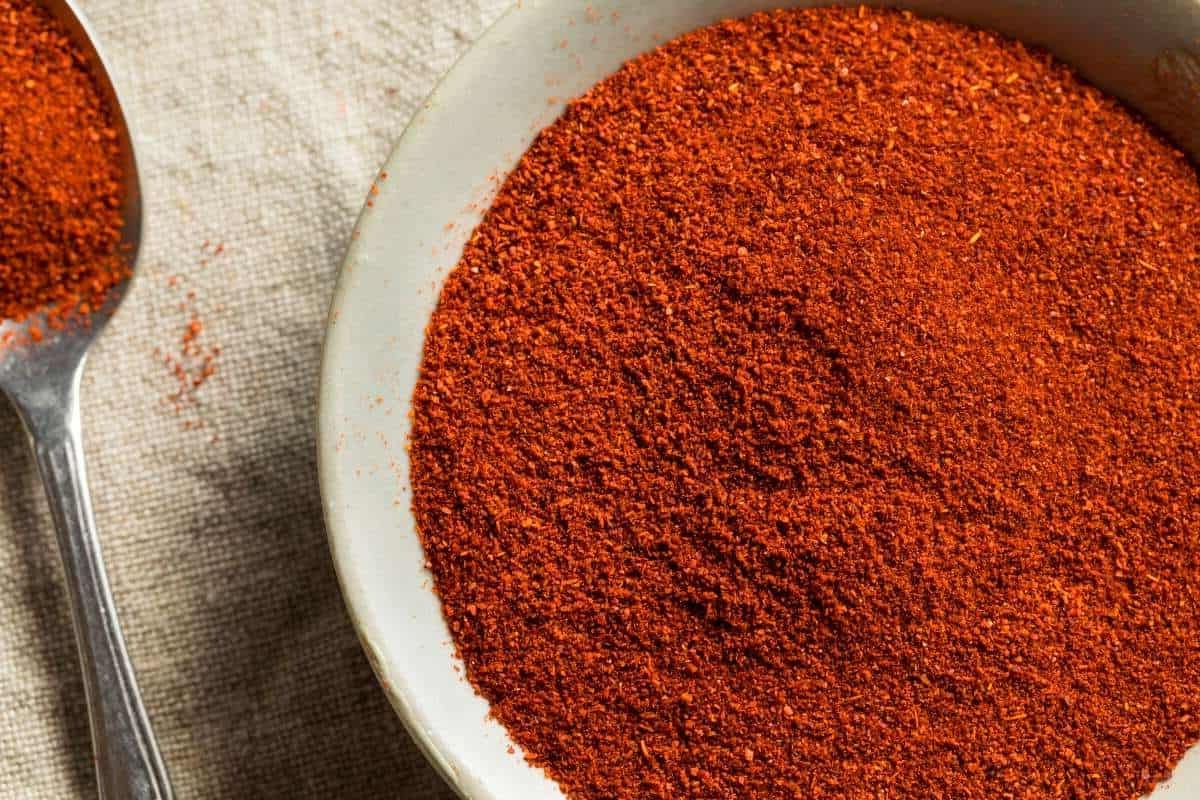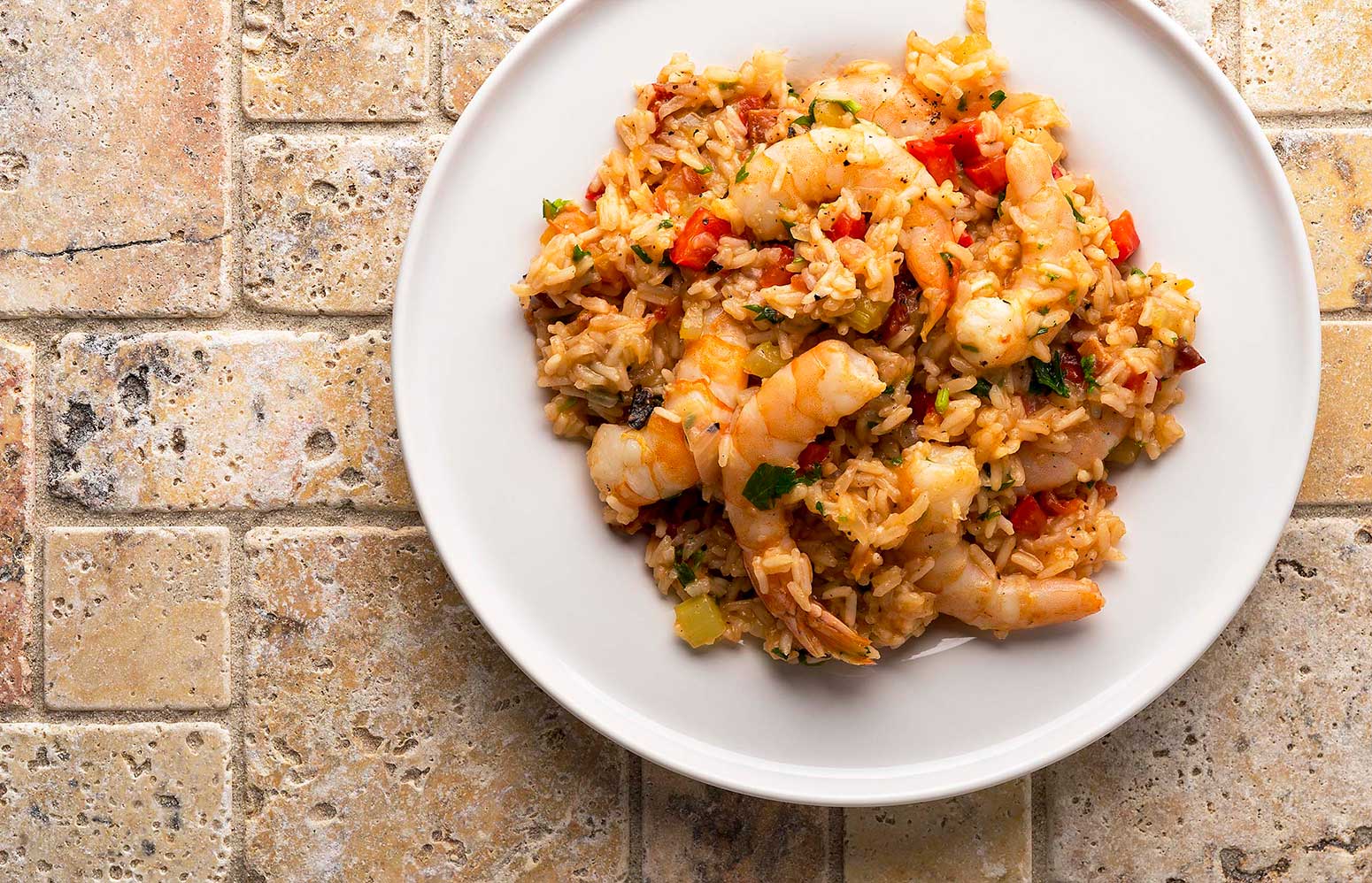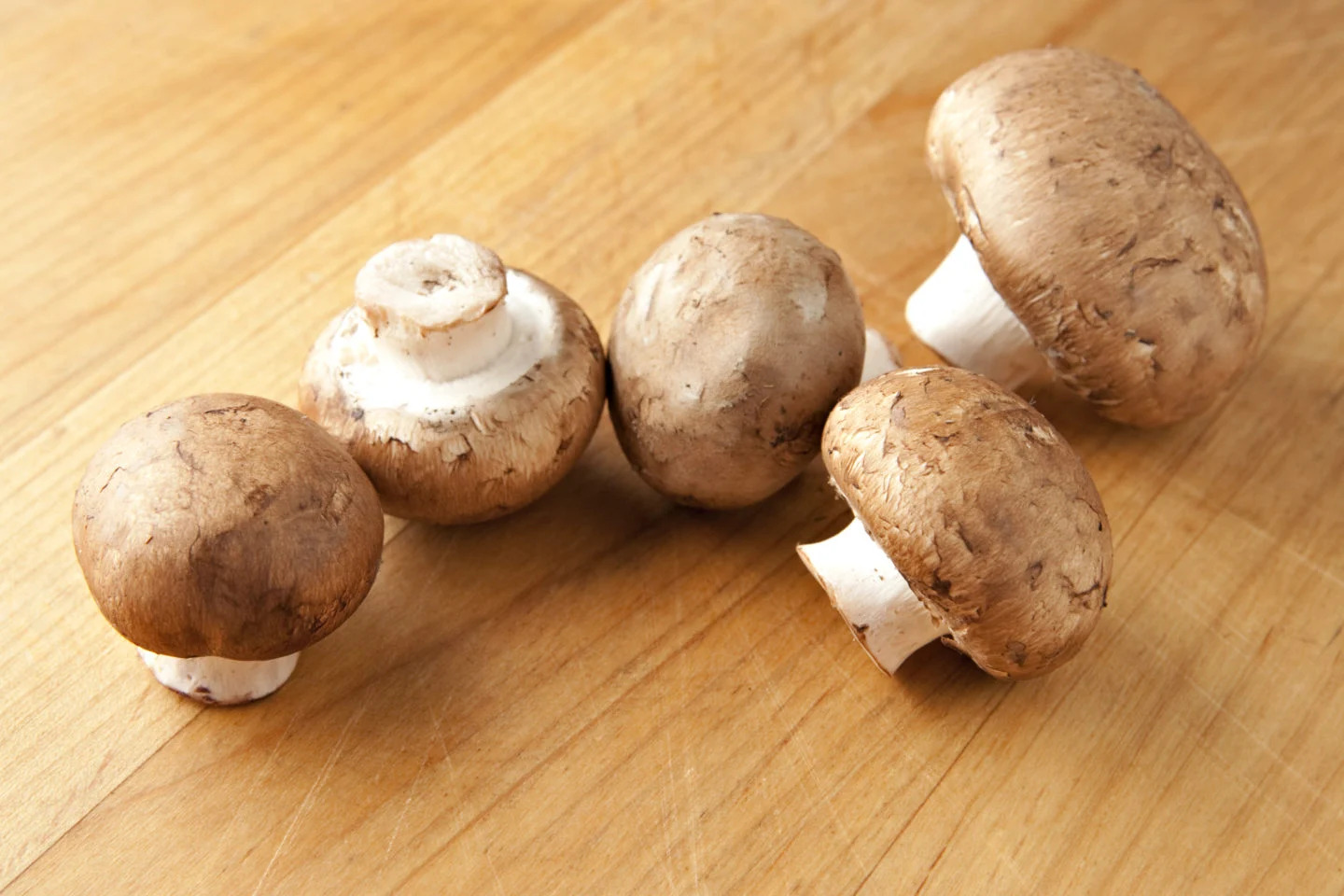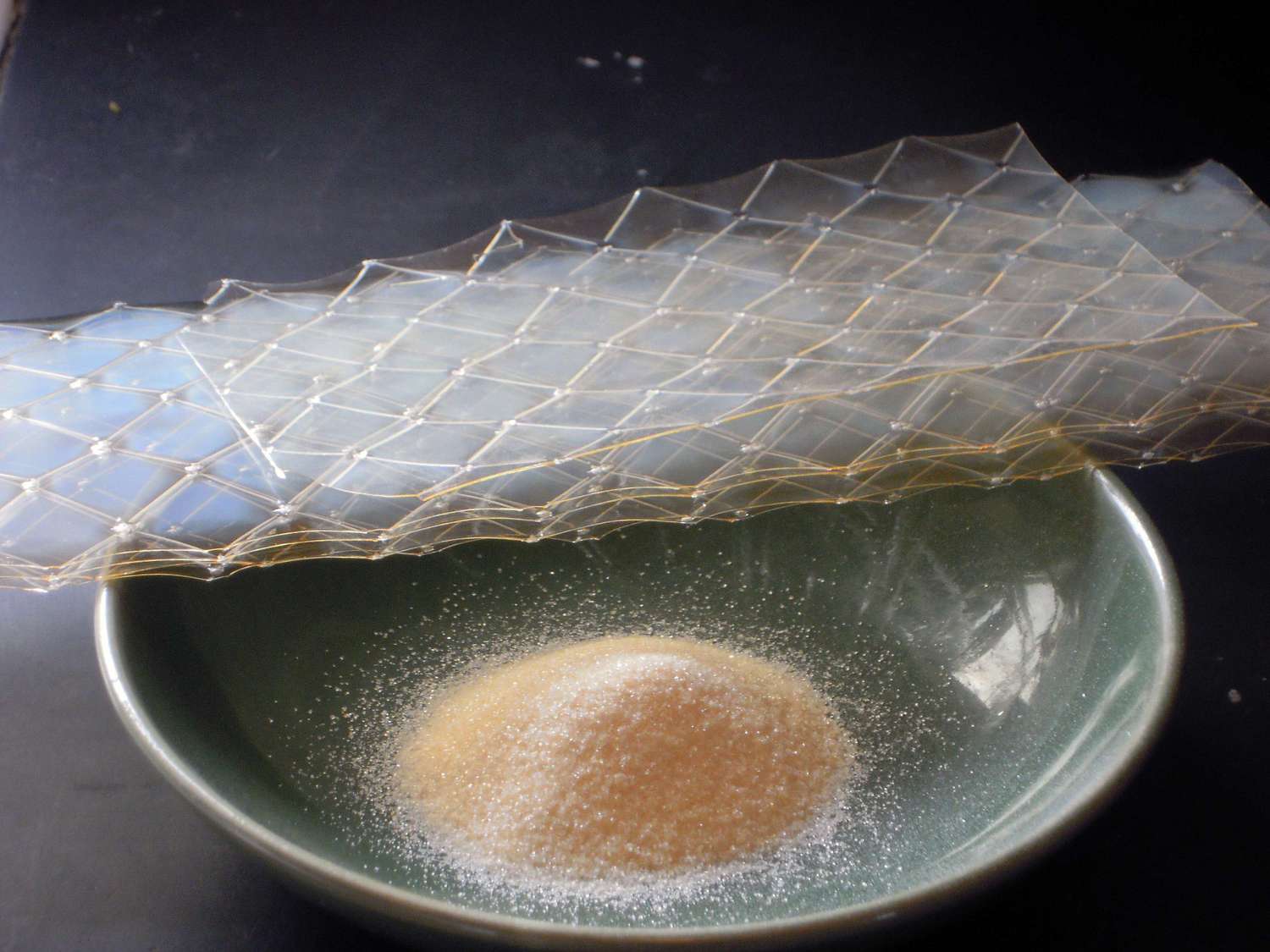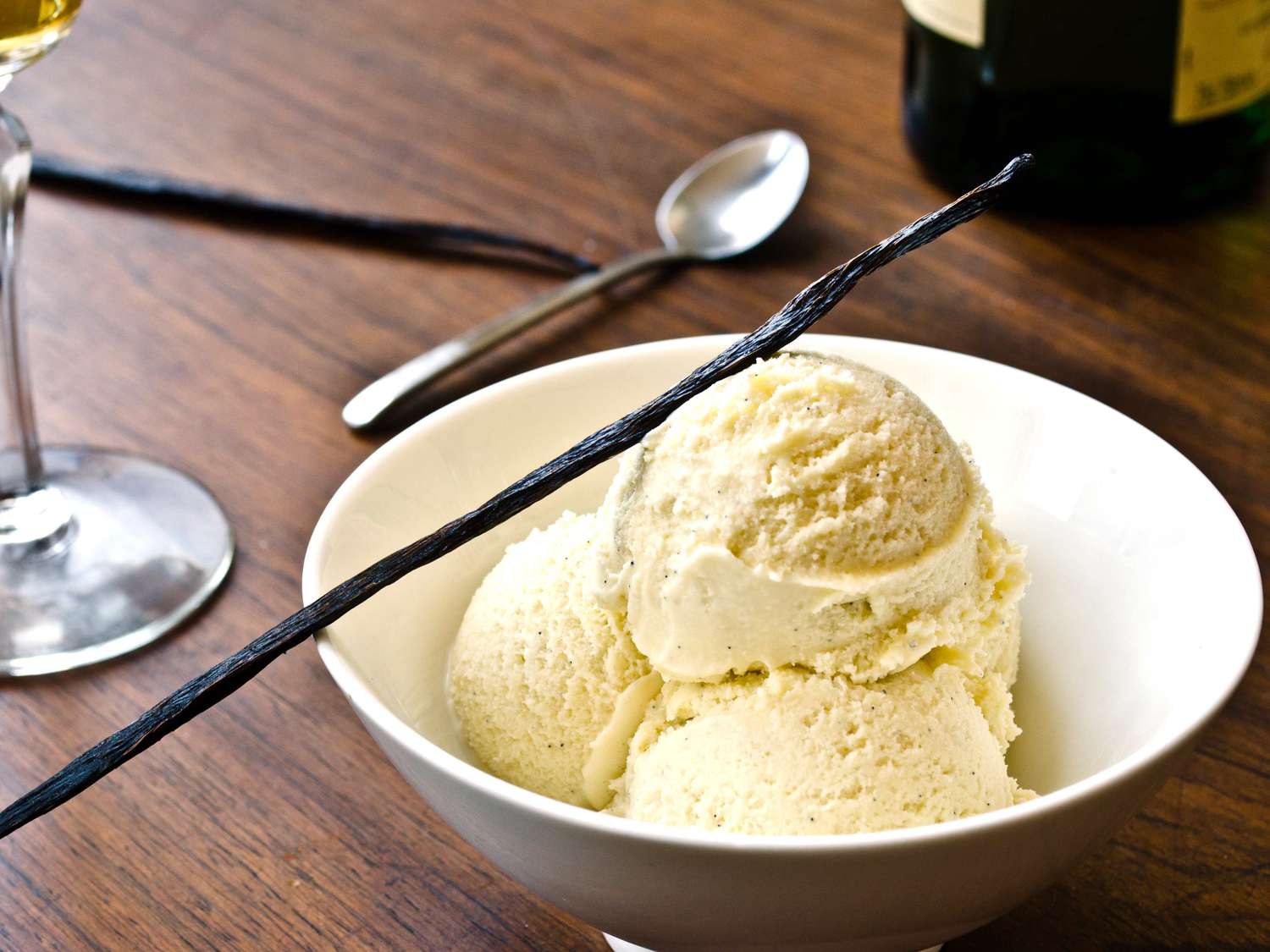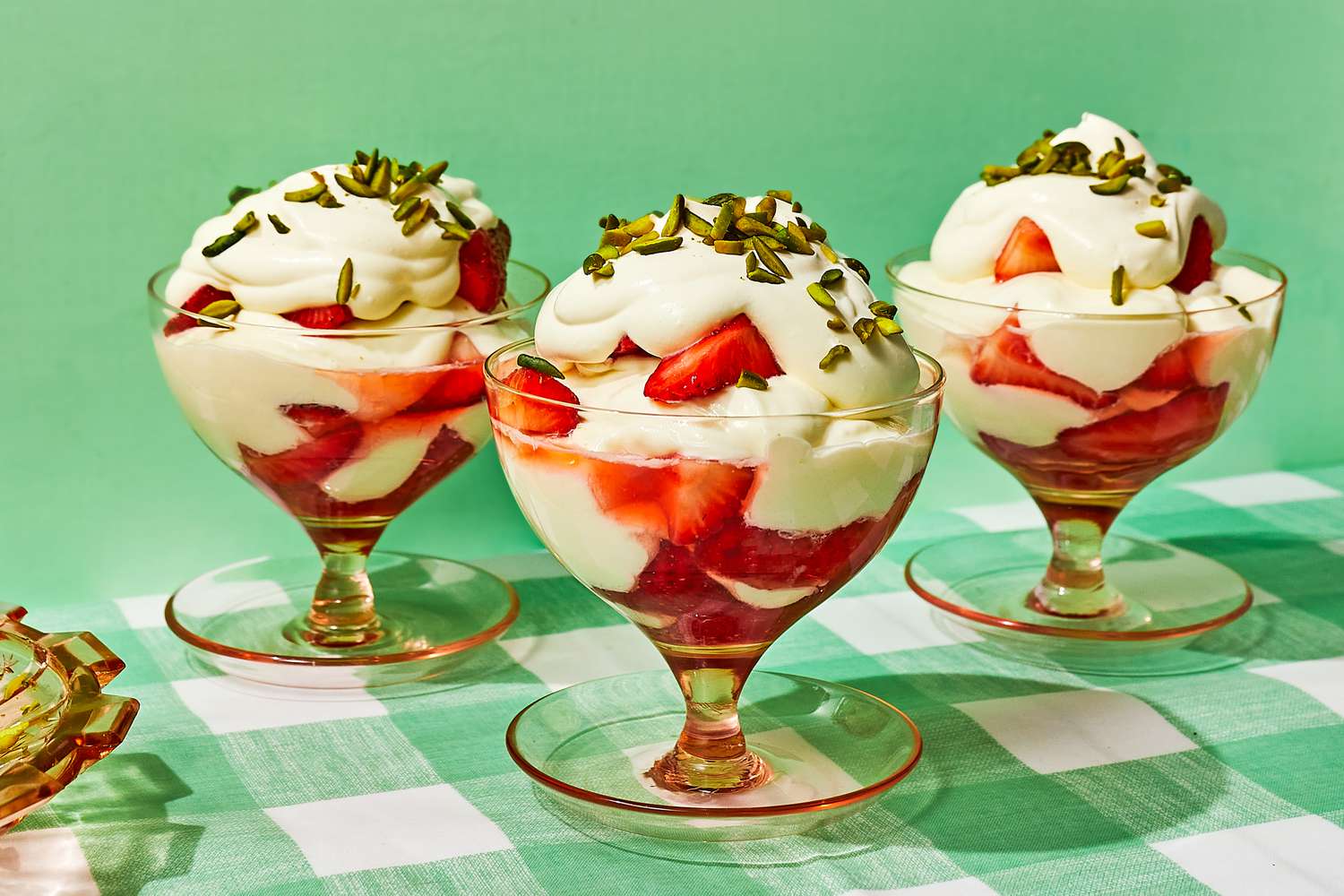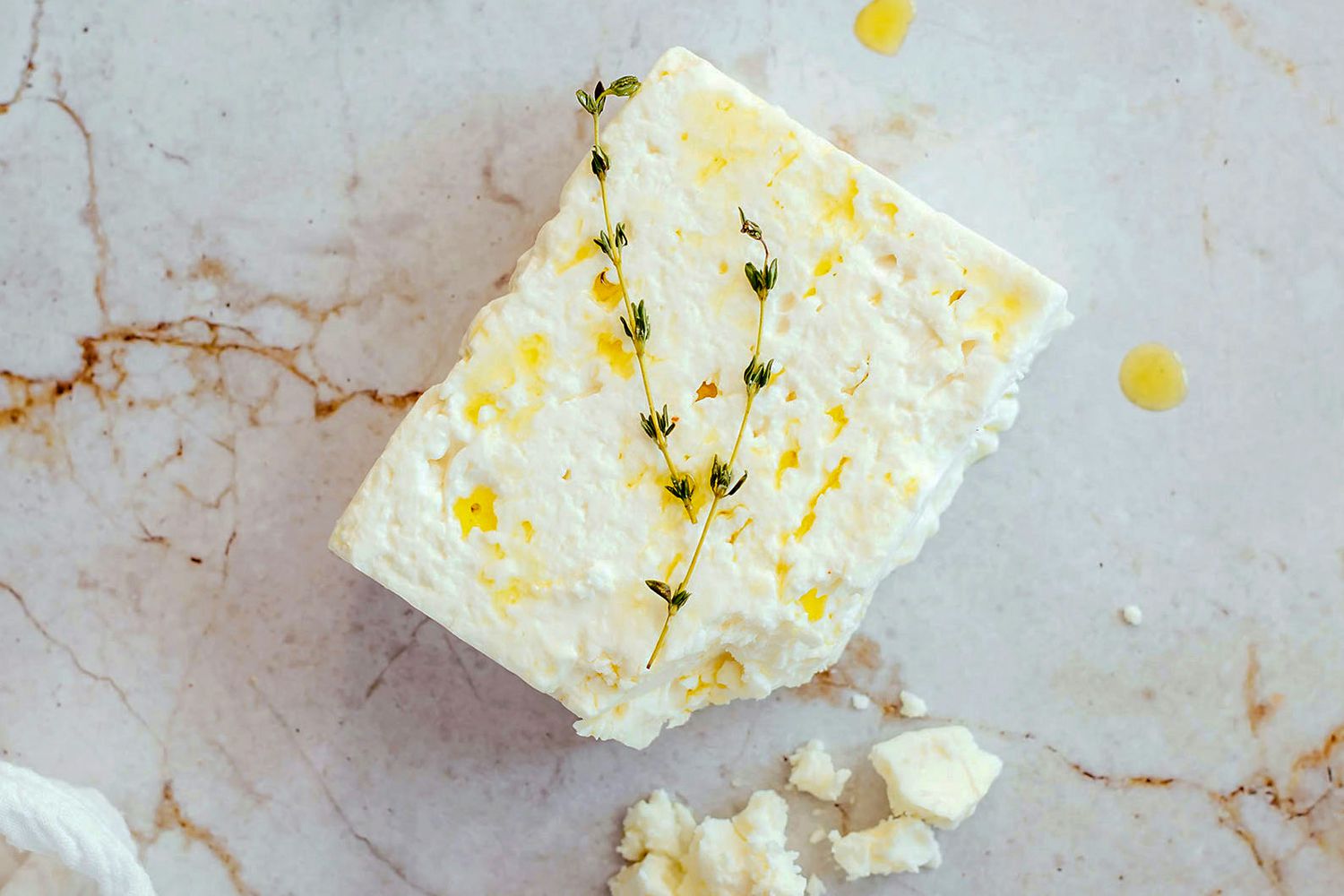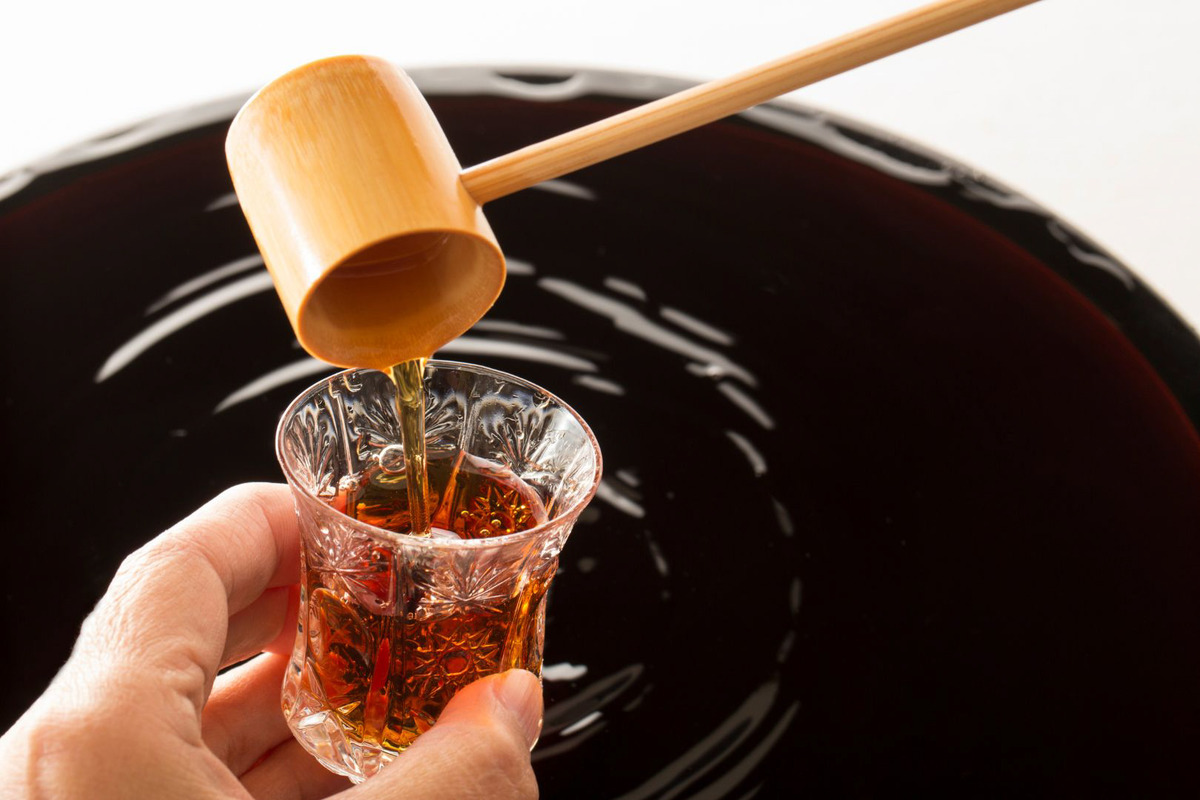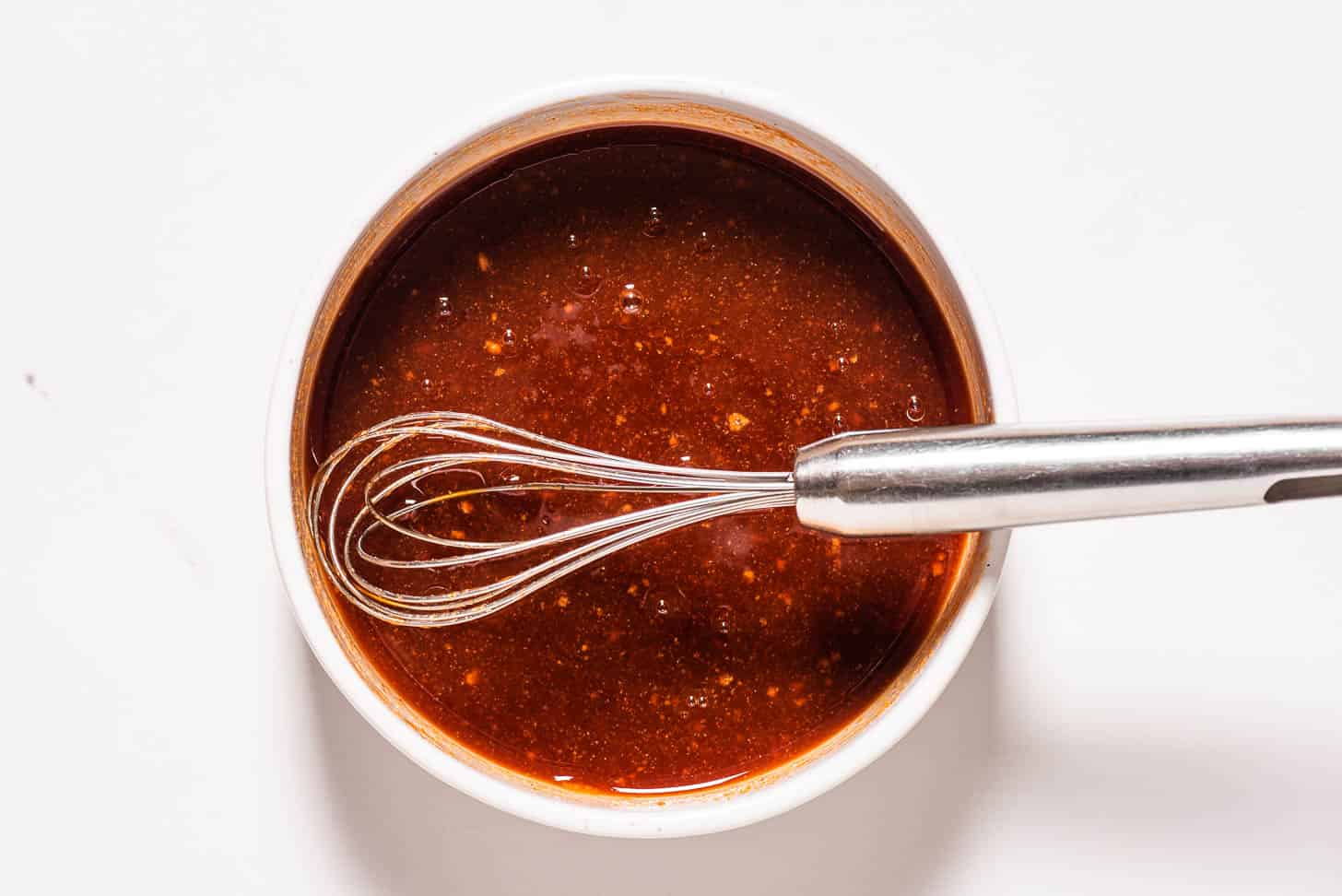The Role of Fat in Baking
When it comes to baking, fat plays a crucial role in creating the perfect texture, flavor, and appearance of baked goods. Whether you’re making cookies, cakes, or pastries, fat is an essential ingredient that contributes to the overall success of your baked treats.
Functions of Fat in Baking
Fat serves several important functions in baking, including:
- Tenderizing: Fat helps to tenderize baked goods by coating the flour proteins, preventing them from forming too much gluten. This results in a softer, more delicate texture.
- Flavor: Fat adds richness and flavor to baked goods, enhancing their overall taste and mouthfeel.
- Moisture: Fat helps to retain moisture in baked goods, preventing them from becoming dry and crumbly.
- Leavening: In some recipes, fat can help to incorporate air into the batter, contributing to the leavening process and creating a lighter, more airy texture.
- Texture: Fat contributes to the structure and texture of baked goods, helping them to hold their shape and maintain a desirable crumb.
Types of Fat Used in Baking
There are several types of fat commonly used in baking, each with its own unique characteristics and flavor profiles:
- Butter: Known for its rich flavor and creamy texture, butter is a popular choice for baking a wide range of treats, from flaky pie crusts to moist, tender cakes.
- Shortening: Vegetable shortening is a solid fat that remains stable at room temperature, making it ideal for creating flaky pie crusts and tender biscuits.
- Oil: Whether it’s vegetable oil, canola oil, or olive oil, liquid fats can add moisture and richness to baked goods, especially in recipes that call for a more delicate crumb.
- Margarine: A butter substitute made from vegetable oils, margarine can be used in place of butter in many baking recipes, offering a lower saturated fat content.
Conclusion
In conclusion, fat plays a vital role in the success of baking. From tenderizing and adding flavor to contributing to the overall texture and structure of baked goods, the right choice of fat can make a significant difference in the outcome of your culinary creations. Understanding the functions of fat in baking can help you make informed decisions when selecting the best fat for your recipes, ultimately leading to delicious, well-executed treats that will delight your taste buds.
